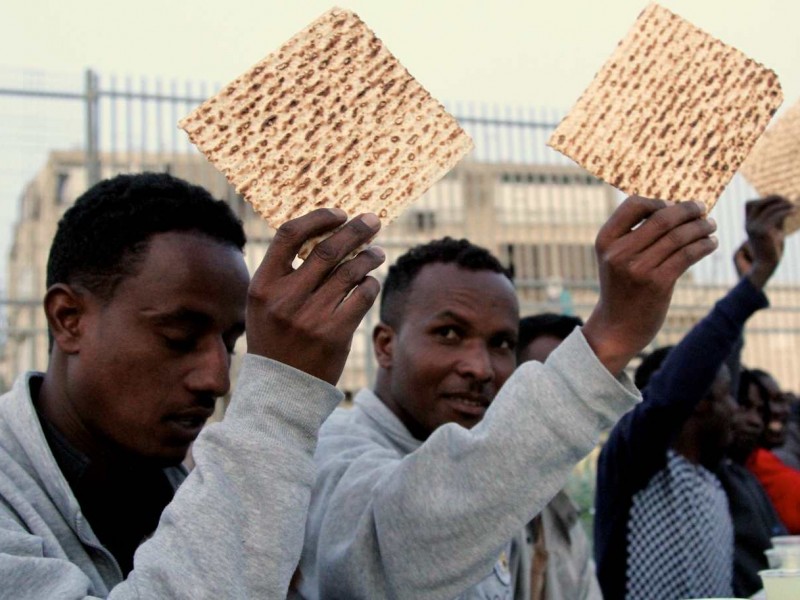Israeli Chronicles — Connecting Israel & Cincinnati

Strangers in a Jewish Land : “Israelity” lecture to explore issues of migrant workers and refugees in Israel
Who is the face of immigration in Israel?
How can Israel balance what some call a responsibility to accommodate new non-Jewish immigration and asylum-seekers, while still maintaining its identity as a Jewish state?
Tel Aviv University sociology professor Dr. Adriana Kemp has spent her career looking for answers to these questions. Now, she sits on the board of the Association for Civil Rights, the largest human rights organization in Israel. But in 1980, she was an immigrant herself, having journeyed from Buenos Aires to Israel and having made aliyah (immigrated) as a Jew.
“I’m a migrant myself,” she said. “So migration issues are not far away from my own biography.”
But Kemp acknowledges that she’s a privileged migrant. She says the difference between her experience and that of many of the migrant workers she researches was exemplified in a conversation she had with two undocumented migrants who had come from Colombia.
“When I started interviewing them, they saw that I spoke Spanish. And they asked me, ‘How did you get papers?’ I explained that I’m Jewish, so I immediately got citizenship.”
Kemp says the exchange embodies the unique duality of Israel as a simultaneous example of classic immigration and non-immigration countries.
“In Israel, one out of every three Jewish people is either an immigrant or a son or daughter of an immigrant. Yet, at the same time, Israel is a classic non-immigrant society and state because it only actively receives Jewish immigration,” she explains.
History at the root of the debate
As is the case for countries all over the world, Israel is struggling with how best to handle the challenges of immigration, both by migrant workers and refugees. In the ’90s, Israel started a guest worker program to recruit laborers from other countries, including Romania, Turkey, Thailand, and the Philippines.
“Official policies established annual quotas for them to work in agriculture, construction, and elderly care. They were seen as indispensible for the Israeli economy,” Kemp says.
Some recruited migrants stayed and had children, and while they consider themselves Israelis, many are undocumented. After the turn of the century, more undocumented laborers started arriving from African countries as well. Since then, families and even entire communities have been deported.
The debate only grows in complexity and fervor in regard to refugees, primarily those seeking asylum in Israel from genocide in Darfur, political conflicts in south Sudan, and abusive regimes in Eritrea. The Israeli government never officially recruited these populations, and some conservative parties see them as a threat to the Jewish character of the Israeli state. In contrast, others have called on Israel’s government to share the international burden of giving asylum, which, they argue, Israel must do to comply with certain international conventions.
An uncertain future
So, what’s the answer? How can Israel act in the “safe-haven” spirit with which it was founded, while still maintaining its societal identity as a Jewish state?
“There are no magic solutions, ” Kemp explains, other than to better explore and further understand the myriad of perspectives in what’s become an emotionally charged, political issue that is recently making Israeli news headlines.
But Kemp also sees richness in the migrant and refugee situation in Israel: “Israel has become an even more multicultural society than it already was, creating new and fascinating social and cultural landscapes that did not exist two decades ago,” Kemp says. “Israeli society has been in integrated from ‘below,’ that is, through the new itineraries and bridges that people create as they move across borders.”
The conversation continues on October 8 at 7:30, as Dr. Kemp leads the fourth and final installment in this year’s Israelity series, “Strangers in a Jewish Land” at Adath Israel Congregation.

